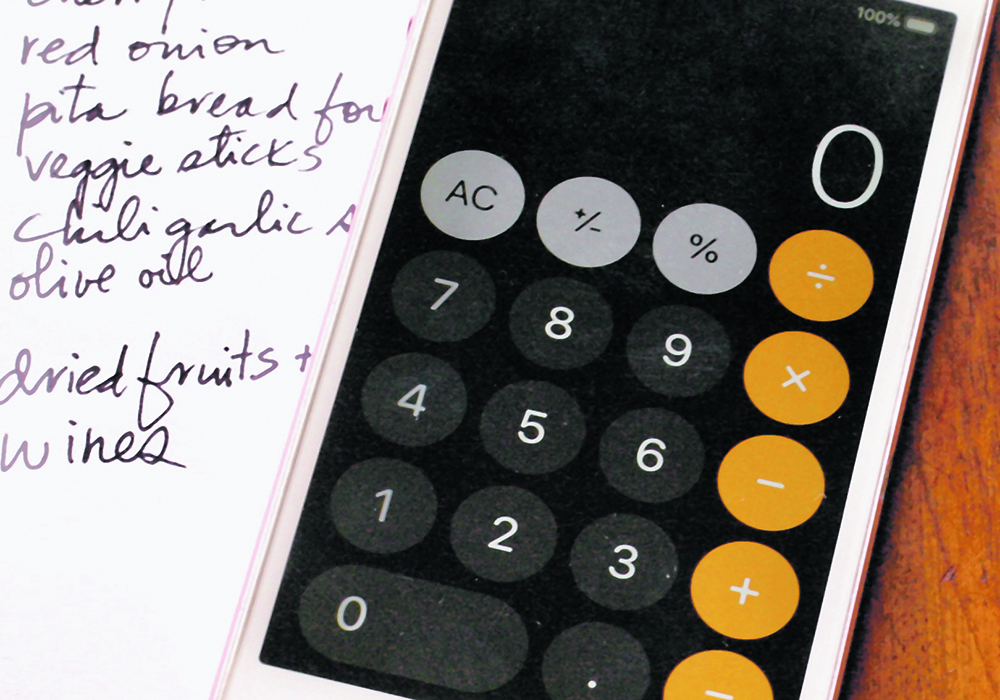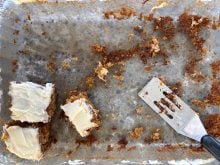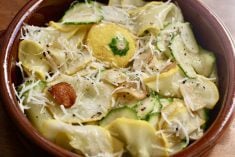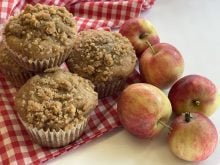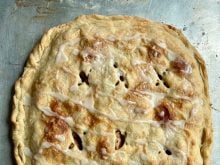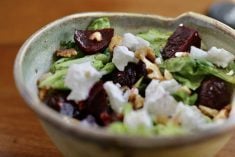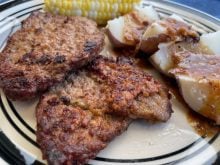Reducing the money you spend on groceries is top of mind these days. Not since the 1980s have we experienced such a surge in food inflation.
There has been a dramatic increase in the price of cooking oils. Potatoes and sweet potatoes have held their own. Pasta, flour and cereal are up. Berries and fruits have gone up. Bananas remain a good buy.
I asked my followers on social media what they are doing to save on groceries. I received some great replies. Here are a few:
Read Also
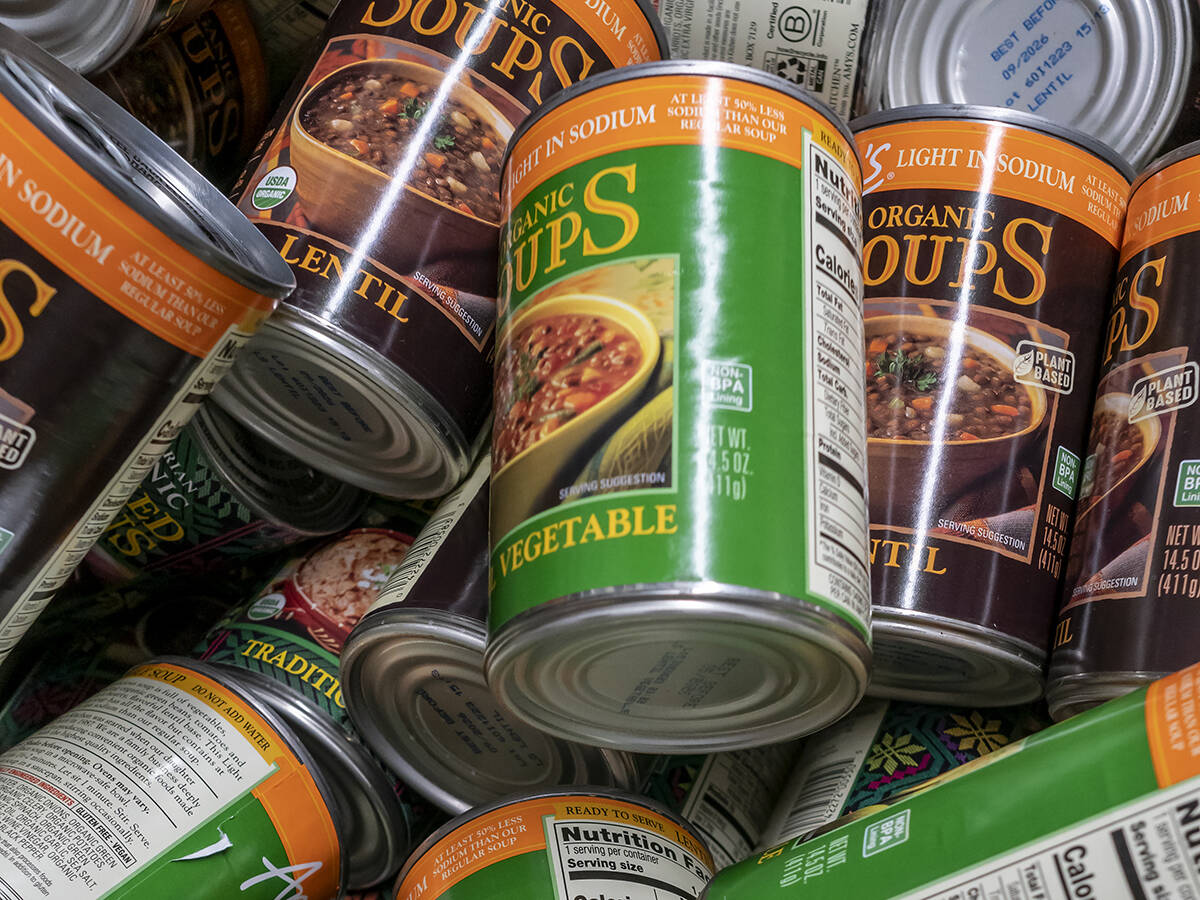
Sustainable food has ‘lost all meaning’: prof
That marketing strategy is deader than a doornail, says a University of Guelph professor who specializes in consumer preferences and perceptions of agriculture and food.
- “Not sure if all grocery stores do this, but around here meat that is close to its ‘sell by’ date gets marked down. One store does 50 percent, another 30 percent. I bought five packages of chicken breasts the other day at 50 percent off. Put them in the freezer to use later.”
- “I do think meal prep on a Sunday with one other family helps with cost because most things come in packages big enough for two families to share.”
- “I honestly don’t know how low-income families do it right now. You’d never eat meat or boxed cereal, that’s for sure. I’m lucky that my family likes cooked oatmeal for breakfast.”
- “Go early in the morning to buy groceries because that’s when meat is marked down. Look for the loss leaders all the time. We often get toilet paper, chicken, cereal, etc. that way for the same price as Costco. And we often get big roasts on sale cheap, and cut down to steaks ourselves. Can save big $$.”
- “This is such an important topic. I know people who spend so much on those ready-to-make meal kits. My personal equation: good + basic + think ahead = tasty and good for you. (Helps if you like brown rice.)”
- “Get to know delivery schedules if you want the freshest or best selection. Prices may not be lower but the food may last longer.”
There are practices that should be avoided:
- Don’t waste — I’m guilty of this. If a recipe didn’t turn out exactly as I like, I push the food around on my plate and then it ends up in the garbage. Keep all vegetable trimmings, chicken carcasses, parmesan rinds and dried-out cheeses in a freezer bag to make stock.
- Don’t buy too many fresh items if you are not sure they will be used before spoiling. Or, if they are on sale, plan to immediately freeze what you plan to use later.
- Don’t go down the junk food aisles — look for snacks that aren’t pricey, such as popcorn kernels to pop at home.
- Don’t buy everything in one store — loyalty is fine but get to know food prices. I found my coffee beans for $10 less in one store and now I buy a few bags when I see that price. There are times when it is worth driving to more than one grocery store. Get to know food prices.
- Don’t shop when you’re hungry — you tend to have less patience or even pick up snacks to eat in the car on the way home.
- Eating out is more expensive than cooking at home. Find ways to do scratch cooking that doesn’t take a lot of time. Make two. One to eat and one for the freezer.
- Don’t let the food in your freezer just sit there — many people buy food when the price is good and then leave it in the freezer.
Here are some good practices to follow:
- Clip coupons and check sale flyers. FLIPP is an online app showing grocery store flyers.
- Buy smaller containers so none spoil before consumed. Even if a larger container is a better buy, you may not use it in a timely manner.
- Make a list and stick to It — make a shopping list as you notice you have run out of something and for items needed for a weekly menu plan.
- Check bruised and old produce — many stores offer their less than perfect produce at a discount.
- Take a calculator.
- Make substitutions in recipes rather than buying a whole package of something when you only need a small amount.
- Take your reusable bags because most stores charge for bags.
- Turn in for deposits — you pay a deposit for milk and beverage containers when you buy them.
- Use rewards cards, but don’t let the sales take you away from your shopping list.
- Avoid pre-packaged and processed items — these are treats, not every day foods.
- Use the slow cooker and pressure cooker for less tender cuts of meat.
- Add more pulses to your diet. These are less expensive protein choices.
- Organize your pantry so you don’t forget to use something.
- Make your own spice mixes, or use recipes that call for the individual spices, like pumpkin pie.
- Shop at various shelf levels — grocery stores tend to stock their most expensive items at eye level.
- Check unit prices — there are labels on grocery store shelves that show which size is the better buy. Only buy the larger size if you know you will use it in a timely manner.
- Watch the cost of non-food items — a dishwasher detergent company is encouraging us to wash even if the load isn’t full because it still saves more water than hand washing. But you will use more detergent and wear out the appliance faster.
Pita Chips
- 1 bag of grocery store pita bread
- olive oil
- sea salt
Cut each pita into bite-size pieces. Tear them in half so they are one layer and lay out on a baking sheet. Lightly drizzle with olive oil.
Bake at 350 F (180 C) until crisp.
Remove from oven and shower with kosher salt. Serve.
These will keep in an airtight container for several weeks.
Schmaltz or rendered chicken fat and cracklings
Rendered chicken fat adds rich flavour to many recipes and makes use of parts of the bird that would otherwise be wasted. It is a must for cooking potatoes and other root vegetables. It’s also delicious when used instead of oil for making stovetop popcorn. It has a higher smoke point than butter and can be used to sear meats and caramelize onions. The crunchy cracklings strained out, also called gribenes, are a tasty snack.
Save bits of fat and skin removed from raw chickens. You can stockpile these in a bag or container in the freezer until you have about three cups (750 mL).
- 3 to 4 c. chicken fat and skin 750 mL to 1 L
- 1 medium onion, peeled and cut into quarters, optional
Place the fat and skin scraps in a heavy-bottomed, non-reactive pot. Cook over low heat, stirring occasionally until the scraps render most of their fat and begin to brown.
Add the onion, if using. Raise the heat to medium. Continue to cook, stirring frequently, until the chicken scraps are golden brown and crispy, but not burned. Turn off the heat and let cool for a few minutes.
Strain into a heatproof glass container. Canning jars work well for this. A fine-mesh strainer will work in a pinch, but cheesecloth or a coffee filter are best. Save the crispy chicken skins for a snack of cracklings. Chop, if necessary.
Cover tightly and store rendered fat in the refrigerator for up to six months.
Sarah Galvin is a home economist, teacher and avid supporter of local food producers. She has been a market vendor, grew up on a farm in southeastern Saskatchewan and is a member of TEAM Resources.


